Game Description and Design
This section is released after the competition.🎮 Golddigger
GoldDigger is a resource-collection game. The avatar, thus the game character controlled by a player/agent, is expected to avoid monsters and collect all the jewels in a level, in which case a game terminates with state PLAYER WINS. When a collision of the avatar with any monster occurs, a game terminates with state PLAYER LOSES. Otherwise, a game terminates with state NO WINNER if a maximum of 2000 game ticks is passed. Once a jewel is collected, a score will be rewarded to the avatar. The avatar can also kill monsters to gain score. Hence, GoldDigger can be recognised as a game with dense reward because of the amount of jewels and monsters in levels.
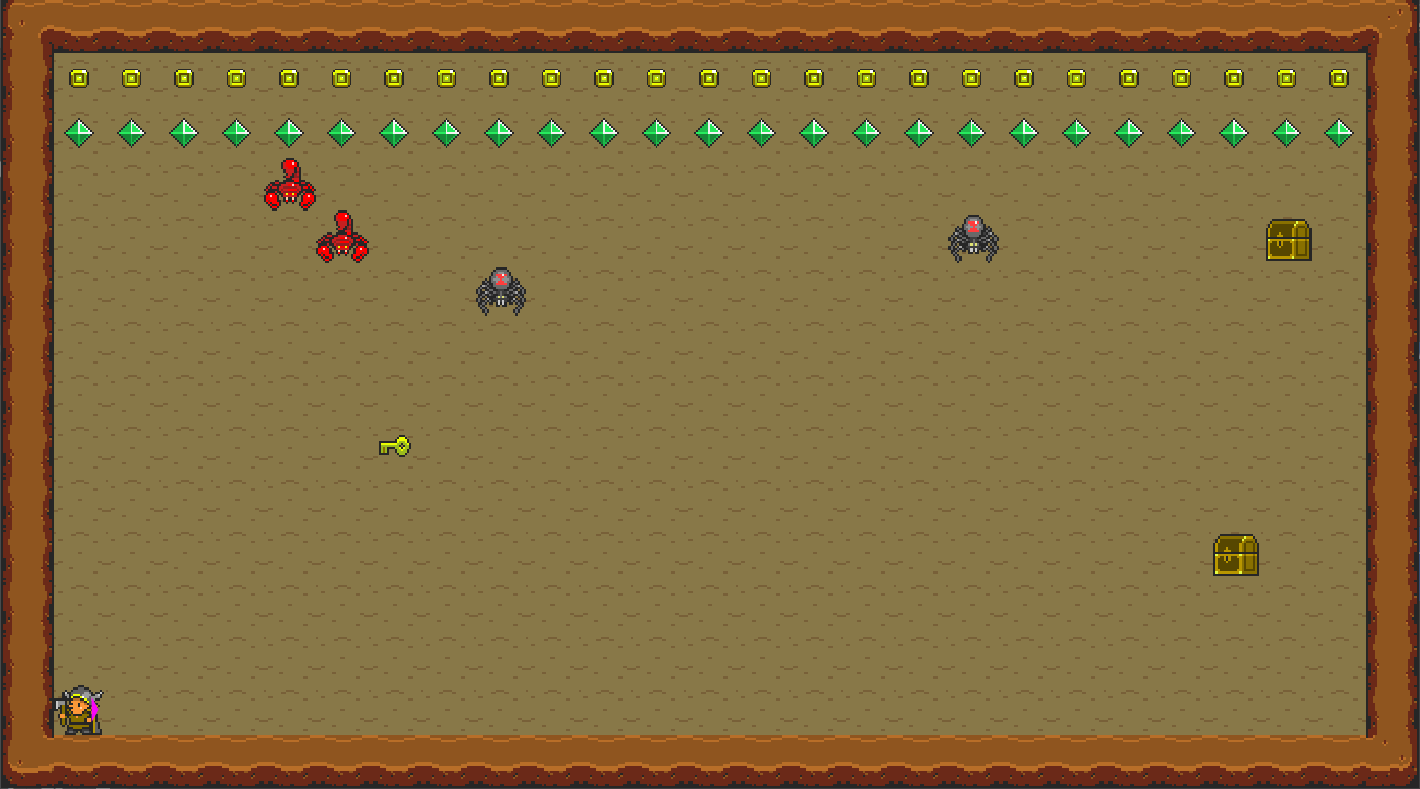
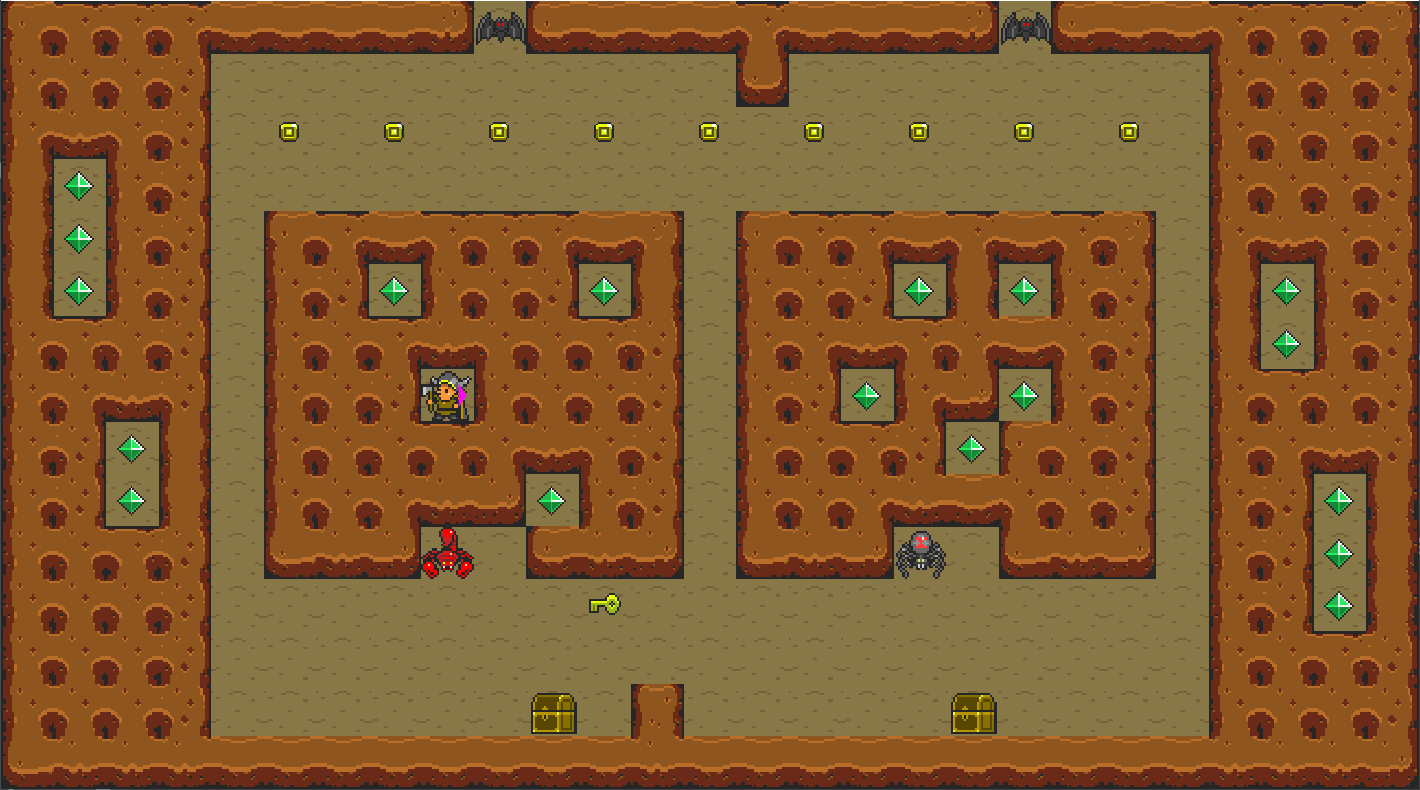
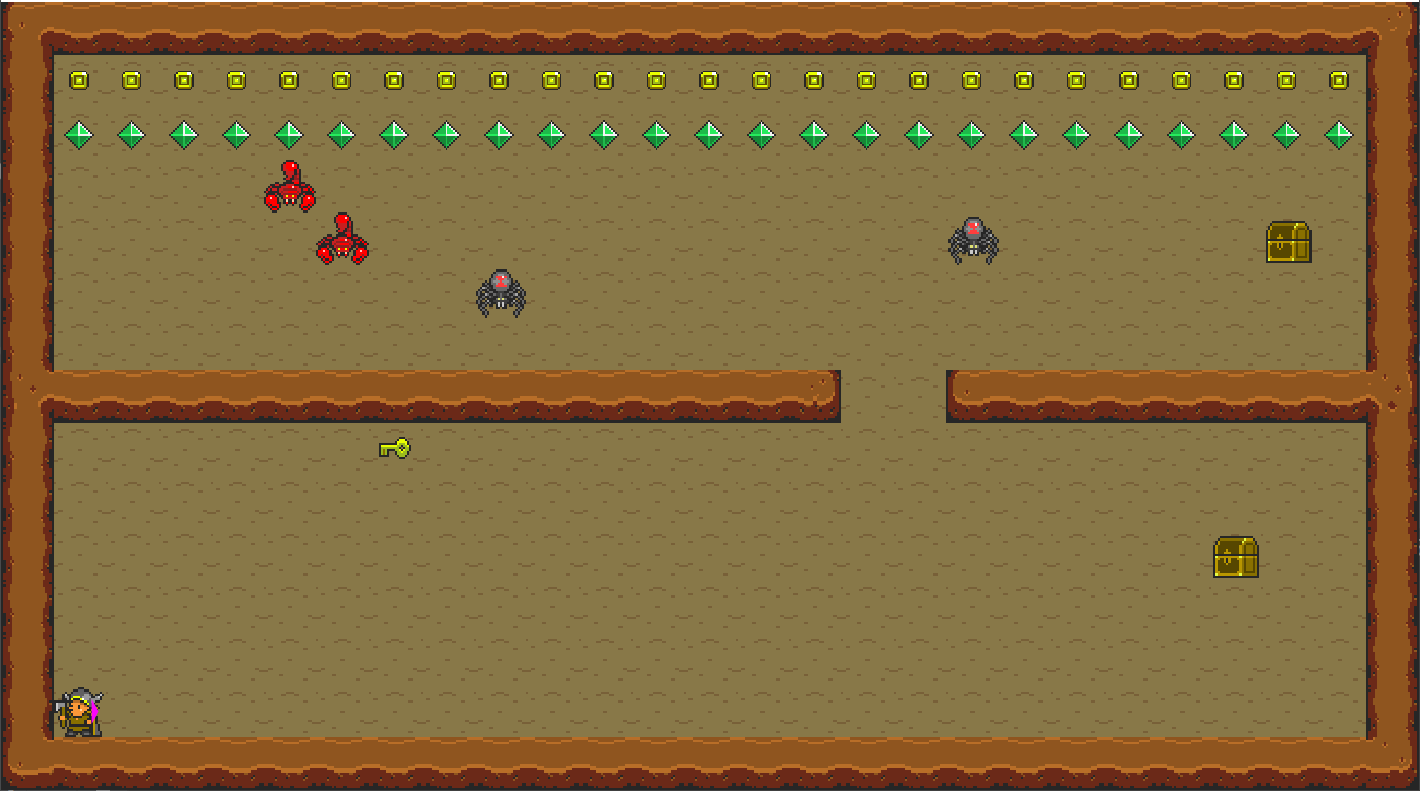
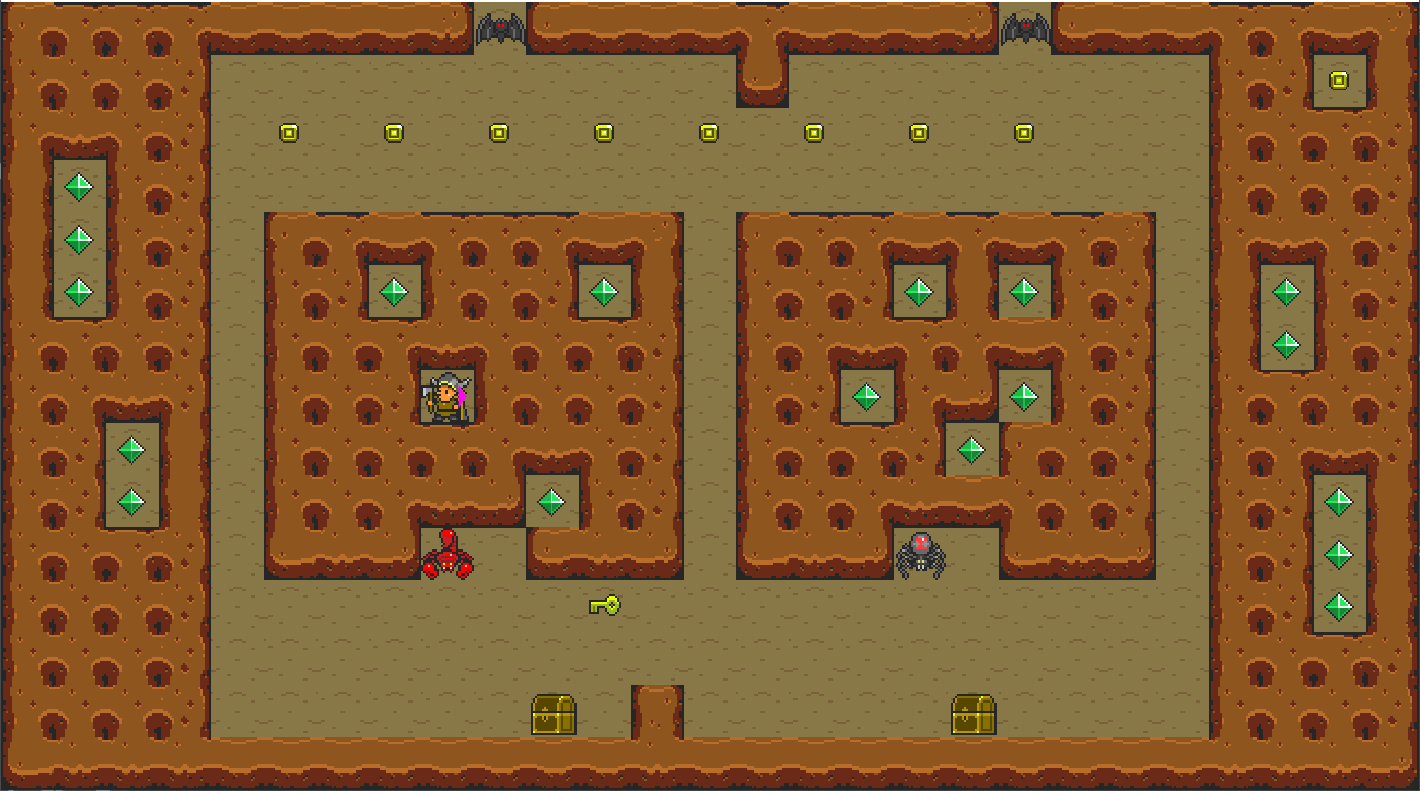
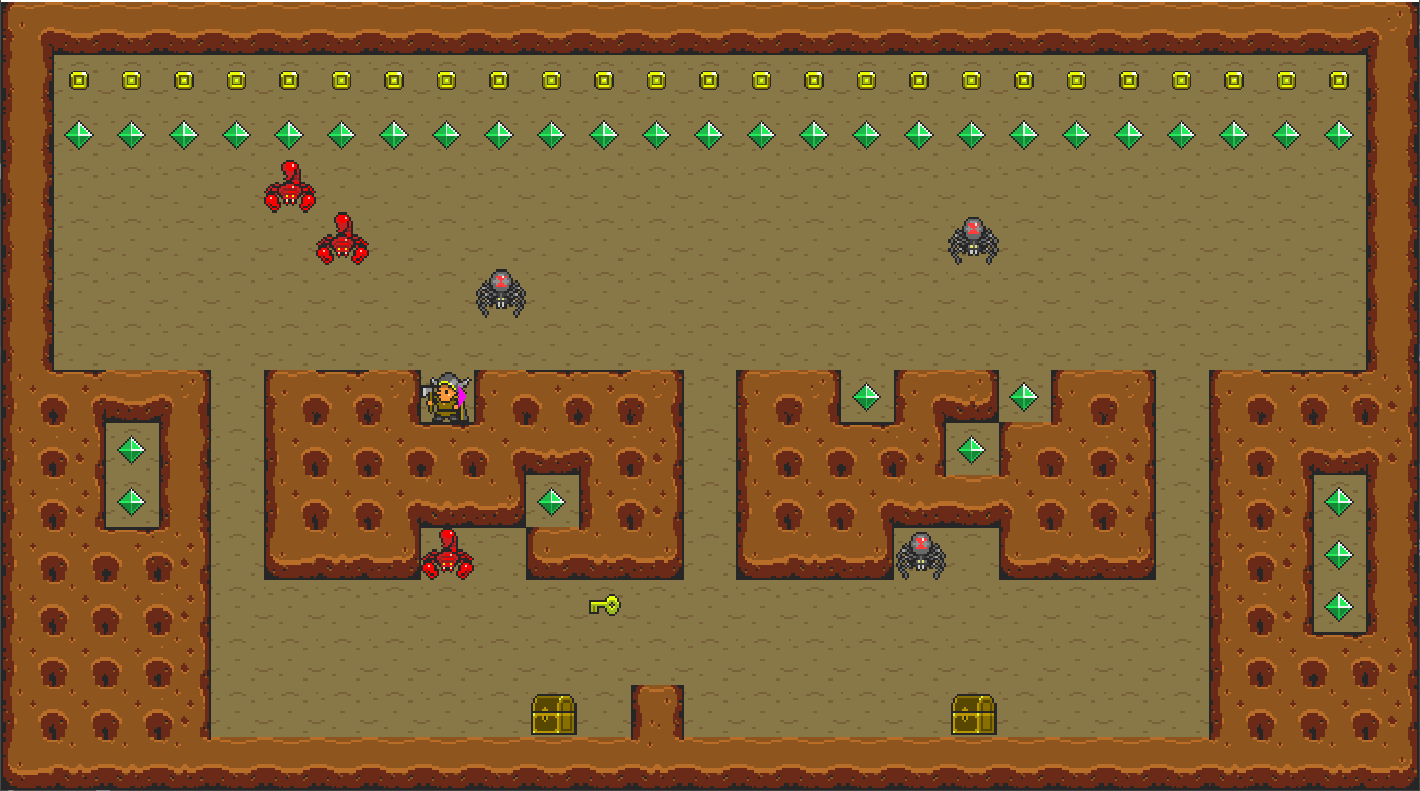
🎮 TreasureKeeper
TreasureKeeper is a Sokoban-like game, aiming at keeping the avatar and treasure chests away from monsters. The game is designed with a periodic reward that is given every 100 game ticks. Either a collision of monster and avatar or a collision of monster and treasure chest will terminate the game with state PLAYER LOSES. If the avatar and all treasure chests survive for more than 600 game ticks, then the game terminates with state PLAYER WINS.
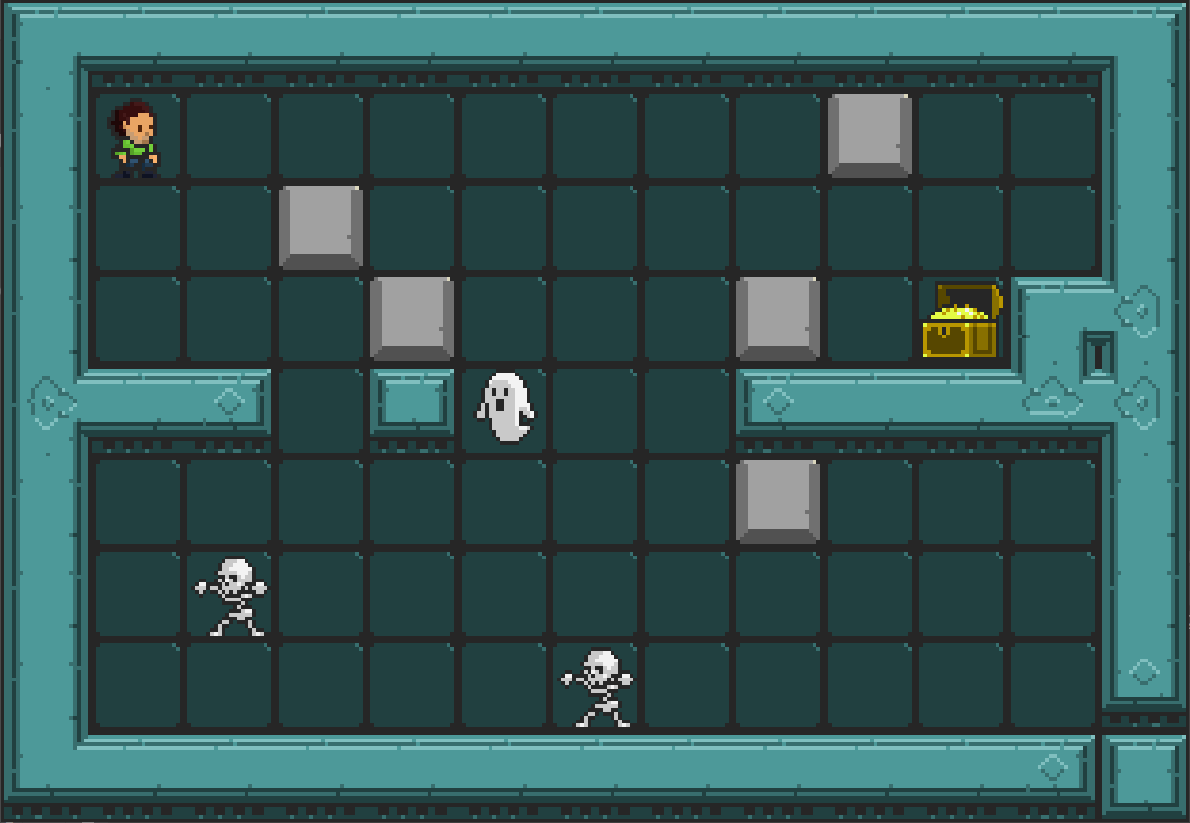
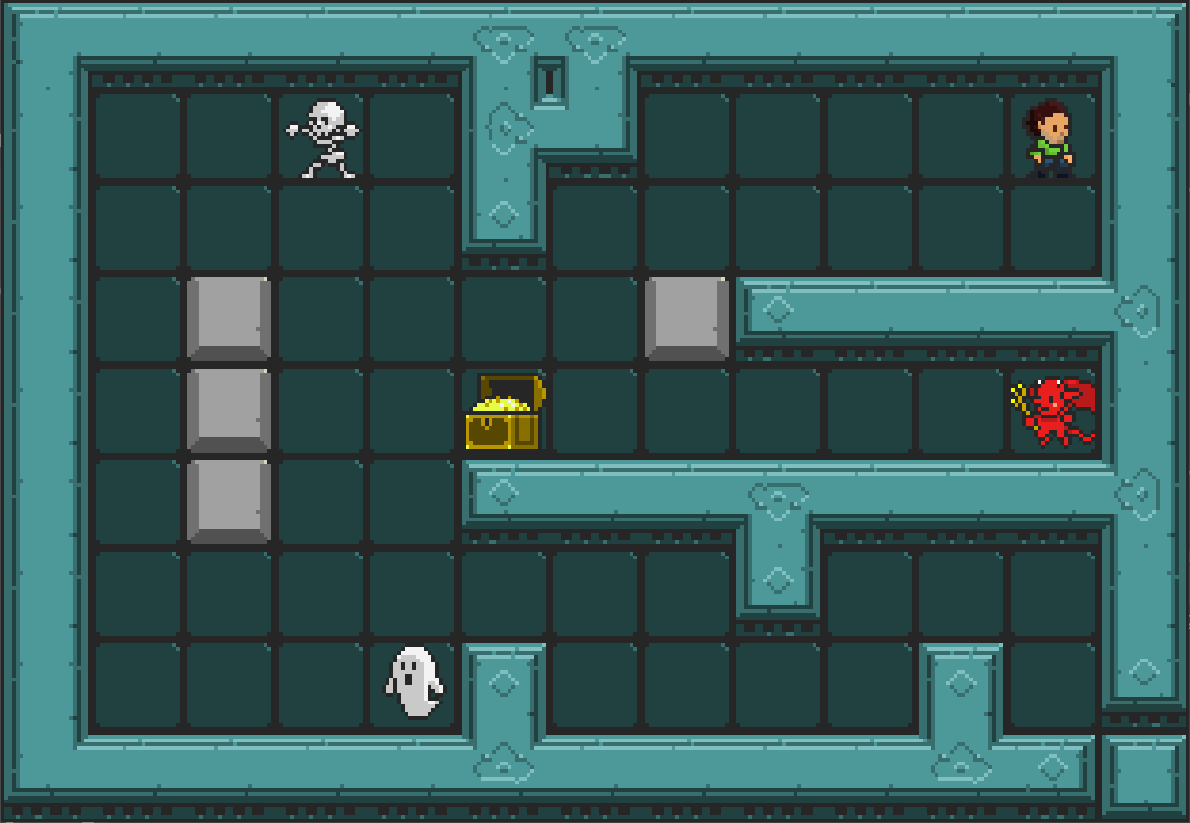



🎮 Waterpuzzle
WaterPuzzle is a maze game with sparse reward. There are only three sprites in each level: the avatar, an immobile key and an immobile door. Scores are rewarded in two situations: the avatar collects the key or the avatar touches the door with a key. The latter will end the game with state PLAYER WINS, otherwise, the game terminates with state PLAYER LOSES after 1500 game ticks.
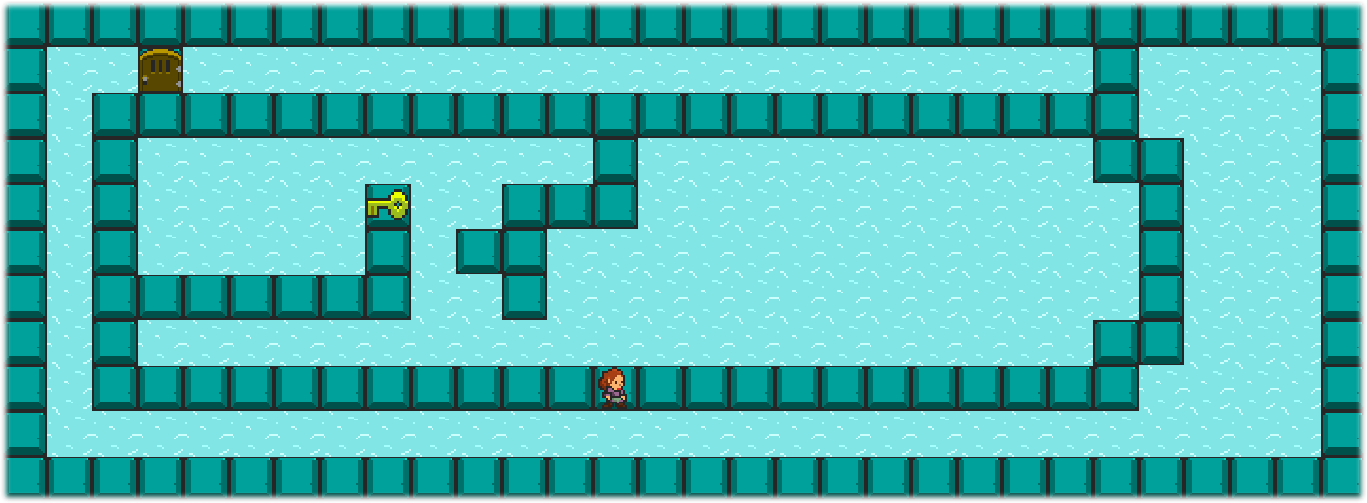
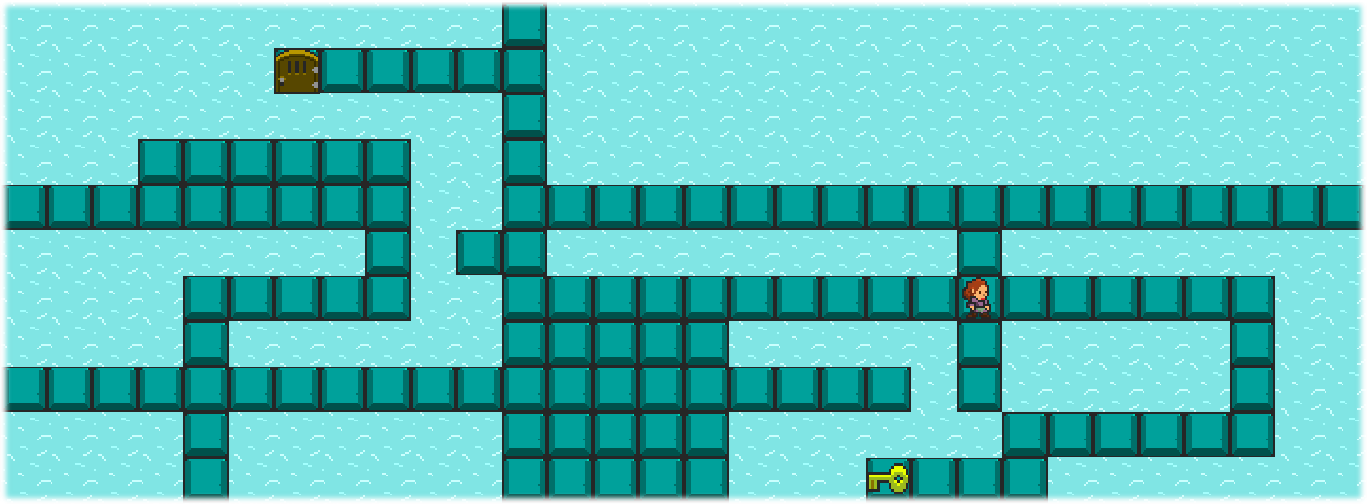
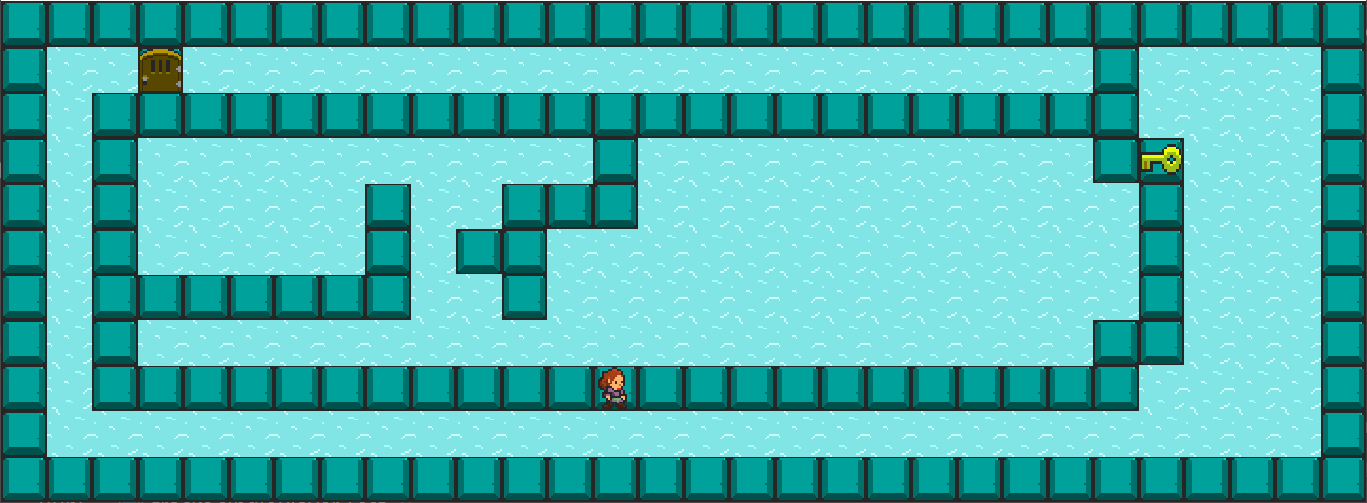
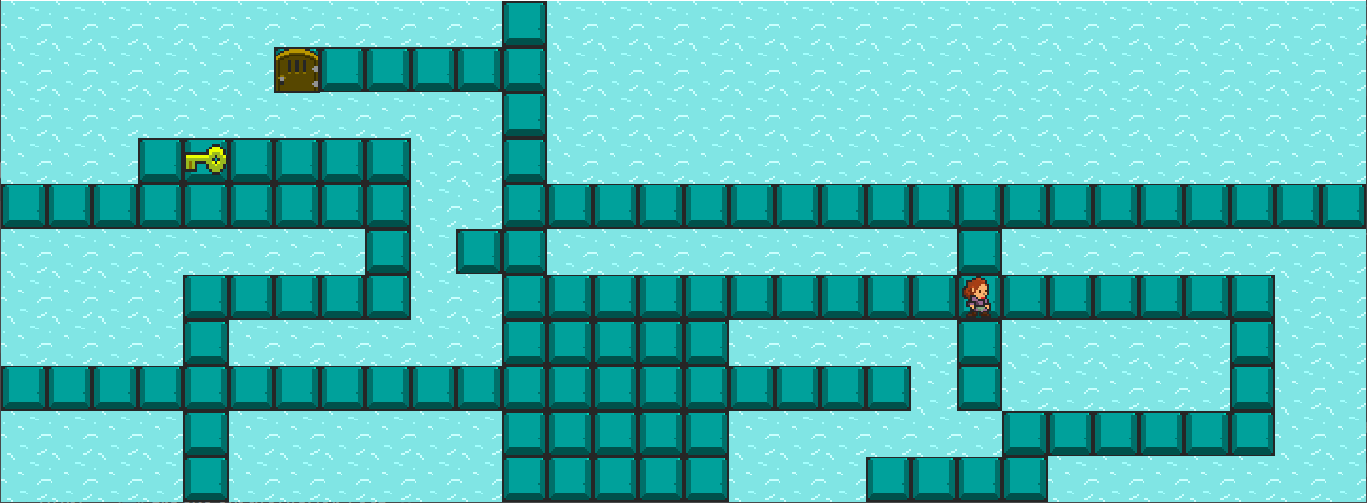

Deisgn: Training Level Set (Level 0 and Level 1)
- In GoldDiggger, level-1 is harder than level-0 since the jewels are surrounded by more obstacles.
- In TreasureKeeper, more surrounding obstacles makes the games much easier.
- In Waterpuzzle, the distances between sprites affect the difficulty degree, represented by the delay of reward.
Design: Testing Level Set (Level 2, Level 3, Level 4)
A human designer generated three test levels by pertubating training levels with one of the following operators separately.
- Single-tile change: Level 3 is designed by changing one single tile from the level 1.
- Multi-tile change: Level 2 is designed by changing multiple tiles from level 0.
- Level map combination: The last test level is simply a combination of the top half of level 0 and the bottom half of level 1.


